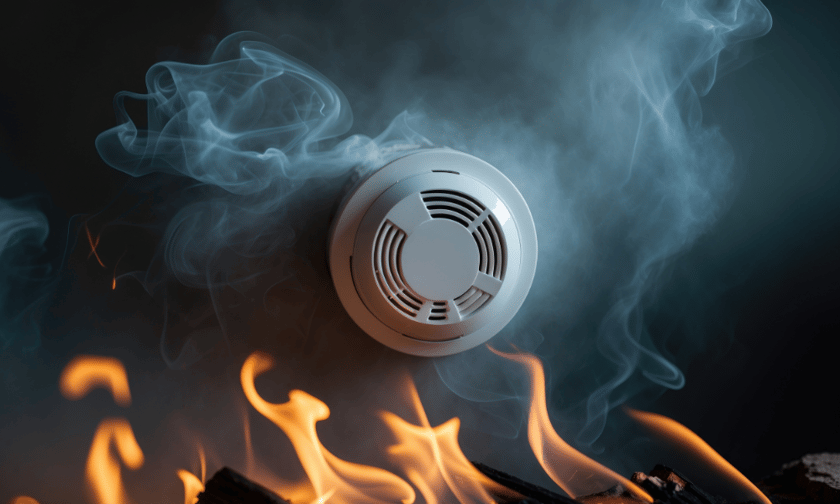

As colder weather sets in, insurance professionals are being urged to assess the risks posed by a large number of recalled bathroom heaters still present in New Zealand homes and commercial properties.
The Ministry of Business, Innovation, and Employment (MBIE) has confirmed that approximately 28,000 Serene S2068 wall-mounted heaters remain in use, despite being the subject of a compulsory recall since 2023.
These units, identified as fire hazards, have already been linked to several incidents – prompting concerns across the insurance sector about claim liability and client compliance.
To date, around 16,000 units have been removed from service through supplier returns or professional decommissioning by electricians.
MBIE spokesperson Ian Caplin said the effort reflects cooperation among consumers, suppliers, and electrical contractors, but emphasised that thousands of units still pose a risk.
“We know over Christmas there were two fires because of these heaters, and as the heaters get older and the known issues inside them get worse, and as we get into colder months, we are likely to see more and more fires occur,” he said.
The insurance implications are significant. According to MBIE, the Insurance Council of New Zealand (ICNZ) has advised that insurance claims may be challenged if property owners ignore the recall and the heater causes a fire.
“We have discussed the recall with the Insurance Council, who have advised that a fire that occurs from these heaters may not be covered by your home insurance if you do not act on the recall guidance, so keeping them in your homes not only risks lives, but your savings, too,” Caplin said.
Caplin reiterated that continuing to operate these units could leave policyholders without recourse for damages.
“We’ve heard from our overseas counterparts that they only see around 20% of the products returned when a recall is issued. The fact that we have almost 37% returned really highlights the work being done, but also the need for more people to make sure they are checking their bathrooms,” he said.
MBIE is working with Master Electricians and other industry partners to increase awareness among tradespeople and consumers. Information on identifying and returning the heater is available on the Consumer Protection website.
In parallel, Fire and Emergency New Zealand has launched its annual safety campaign encouraging residents to test smoke alarms at the end of daylight saving.
Fire and Emergency New Zealand community education manager Tom Ronaldson said the clock change serves as a useful reminder to test all alarms and replace batteries where needed.
“When you’re asleep, you can’t smell smoke, but smoke alarms can and they’ll wake you up if a fire gets started – so you can get out fast,” he said.
Fire and Emergency New Zealand recommends installing photoelectric, interconnected alarms in all sleeping and living areas. Under current regulations, landlords must provide smoke alarms within three meters of bedrooms and on each level of a home. Tenants are responsible for regular maintenance and battery changes.
The agency also encourages households to have two clear exit routes from each room and a designated meeting place outside the home — a message brokers may wish to reinforce with clients as part of seasonal policy reviews.
Winter months typically bring a rise in fires related to heaters, electric blankets, and other heat sources.
Fire and Emergency New Zealand data showed that incidents involving such appliances increase by over 50% from May to July. For the insurance sector, this seasonal spike can drive up both claim volume and loss severity.
